Table of Contents
What is a financial PPA?
Financial PPA (Virtual) is a financial contract rather than a power contract. The off-taker does not receive or take legal title to the electricity, and in this way, it’s a “virtual” power purchase agreement. In a financial PPA, an off-taker agrees to purchase a project’s output and associated RECs at a set fixed price. The developer then liquidates the energy at market pricing and passes the revenue to the off-taker. A financial PPA is structured as follows:
- A buyer signs a PPA with a Developer at a fixed (strike) price for 10-20 years;
- A buyer doesn’t receive the physical electricity from the developer;
- Developer sells the electricity in the wholesale market at the market price;
- Any monetary difference between the strike price and the wholesale market price is exchanged between the two parties, so the seller in net always receives the strike price for its electricity sales;
- RECs generated by the renewable electricity generator are contractually conveyed to the customer;
- A buyer buys the Electricity in its location market at the market price as would purchase in a conventional model.
For more details about the most popular contract architectures in Europe, please check this article.
Physical PPA (Sleeved) is most commonly used by corporates with heavy, concentrated electricity loads (e.g. big data centers, etc.). This is because, under a physical PPA, the seller delivers renewable electricity to the off-taker, who receives and takes the legal title of the energy. A physical PPA is structured as follow:
- A buyer signs a PPA with a Developer who agrees to build, maintain, and operate a renewable energy system, usually at a fixed PPA price for 10-20 years contract duration;
- A buyer signs a sleeving agreement with a Utility-electricity supplier to deliver the electricity from the generation to a final consumption point, including all supply services associated with that;
- A buyer receives the physical delivery of (or title to the) electricity through the grid (Utility or electricity supplier);
- RECs generated by the renewable electricity generator are contractually conveyed to the customer.
Considerations of Pros in Financial vs. Physical PPA
- No BAU impact for the supplier, i.e. no need to renegotiate the existing energy supply arrangements;
- 2 contracts (supply + PPA) rather than 3 (supply contract, sleeving, PPA);
- Reducing spending with one supplier does not directly improve our negotiating power;
- Simpler administration. I.e. no need to renegotiate a PPA sleeving (service) agreement with the electricity supplier every 1-3 years;
- Quicker implementation – more agile in terms of the contract execution;
- More flexibility, i.e. PPA volume/hedge can be easily scaled up at any point in time;
- A combination of long-term PPA plus short-term forward buying of energy offers the potential to exploit favorable market movements because the financial PPA is not linked to the physical delivery of power.
To understand the main PPA contract risks and learn how to address them, please check this article.
Challenges to consider in Financial PPAs

How do I decide on which PPA structure to choose?

What are PPA accounting implications under IFRS16 and IFRS9?
Under IFRS16 accoutring rules, the party entering into a PPA must assess whether the contract is or contains a lease. A PPA contract contains a lease for the Buyer if it confirms the right of one of the below conditions:
- To have a renewable asset explicitly identified in the PPA agreement;
- To obtain substantially all the economic benefits deriving from the use of the asset;
- To decide who has the right to direct how and for what purposes the asset is used throughout the period of use;
- To decide how to operate the renewable asset or to design the asset by the Buyer.
If the above conditions exist for the classification of the contract as a lease, the lessee (tenant) will need to recognize:
- In the assets of the Balance Sheet, an intangible asset represented by the right to use the asset for the duration of the lease contract (the right of use);
- In the liabilities of the Balance Sheet, a financial liability corresponding to the obligation to pay fees provided under the right of use for the duration of the contract.
- In the Income Statement, the amortization charge of the right of use based on the duration of the period of the lease contract.
- In the Income Statement, interest expense on the lease liability will be recognized.
Under IFRS9 accoutring rules (derivative accounting), a PPA contract is classified as a derivative (financial instrument) when it owns the following three features:
- Its value varies as a consequence of the variation of an index;
- It does not require an initial net investment;
- It’s settled at a future date.
There was a separate report prepared by EY in 2020 that depicts the decision-making process for PPAs and their potential accounting impact.

To conclude, both physical and financial PPAs have their Pros and Cons, including accounting implications. For example, Physical PPAs are more likely to contain leases than virtual PPAs under IFRS16 accounting rules, while Financial PPAs are likely to be considered a derivative instrument under IFRS9 rules. Historically, physical PPAs were preferred by many corporate consumers in Europe. However, considering the scale and flexibility of the VPPA contract advantage, financial PPAs are gaining traction in recent years across European markets.
If you wish to learn more about PPA Heads of Terms (HoT), please check out my next article here. To read weekly energy market reports, including the latest market trends, technical and fundamental market analysis, check here. If you liked this article, please leave your comment below. This means a lot to me!
What are PPA accounting implications under IFRS16?
Under IFRS16 accoutring rules, the party entering into a PPA must assess whether the contract is or contains a lease. A PPA contract contains a lease for the Buyer if it confirms the right of one of the below conditions:
1. To have a renewable asset explicitly identified in the PPA agreement;
2. To obtain substantially all the economic benefits deriving from the use of the asset;
3. To decide who has the right to direct how and for what purposes the asset is used throughout the period of use;
4. To decide how to operate the renewable asset or to design the asset by the Buyer.
What are PPA accounting implications under IFRS9?
Under IFRS9 accoutring rules (derivative accounting), a PPA contract is classified as a derivative (financial instrument) when it owns the following three features:
1. Its value varies as a consequence of the variation of an index;
2. It does not require an initial net investment;
3. It’s settled at a future date.




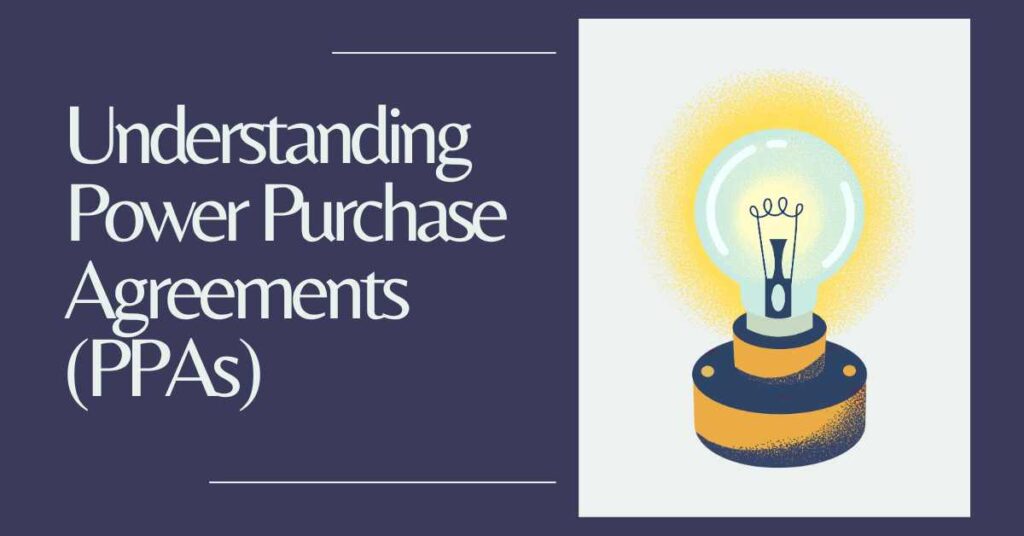
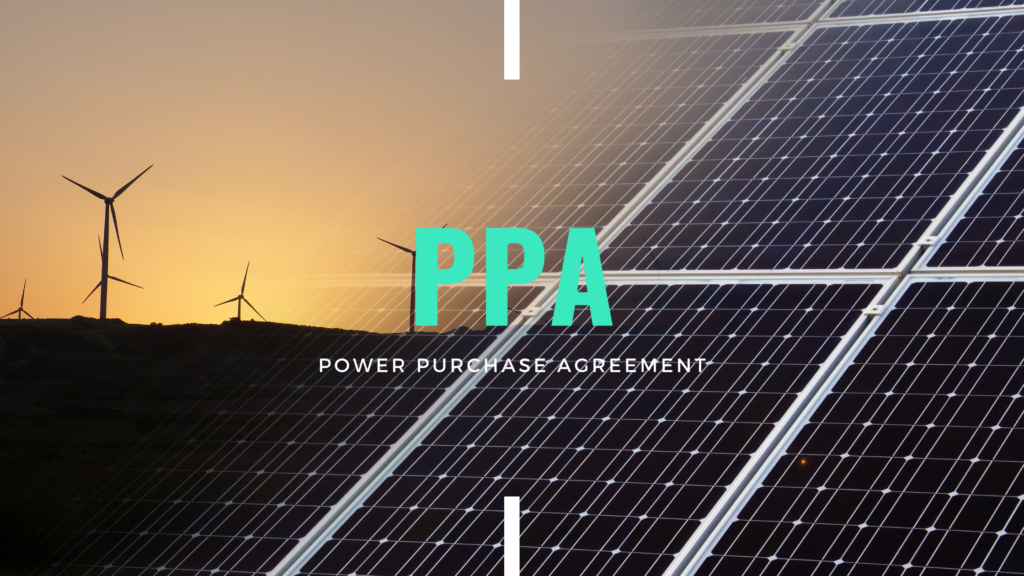
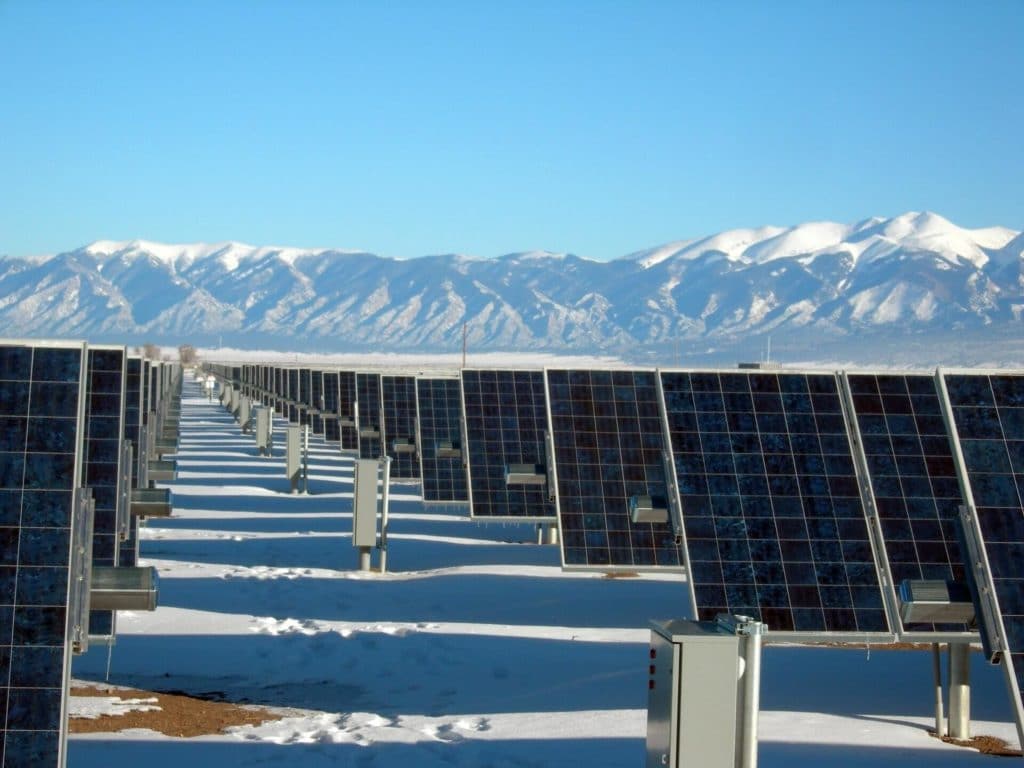
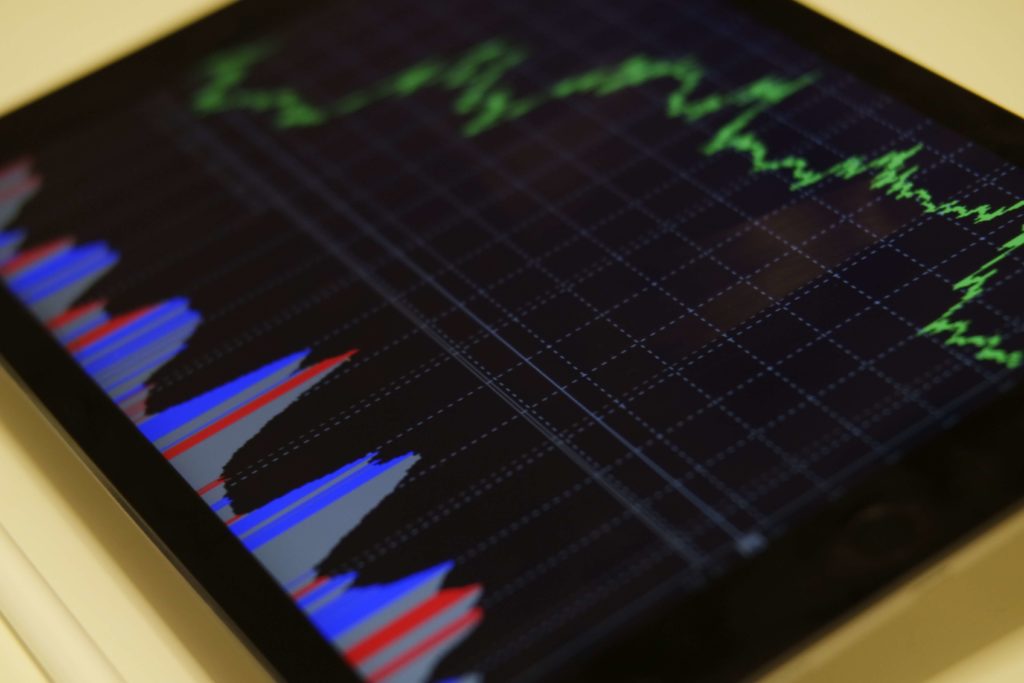
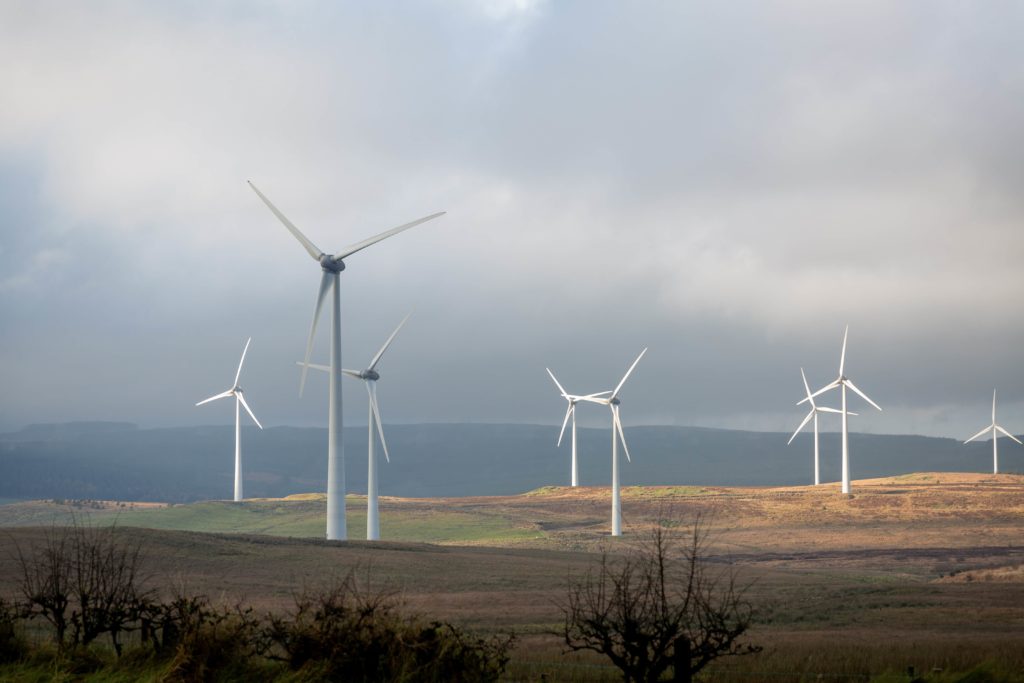
Pingback: (2022) Most Popular PPA Contract Architectures In Europe To Reach Renewable Energy Goals | Futrue Energy Go